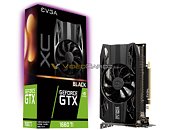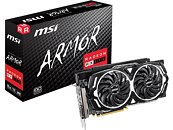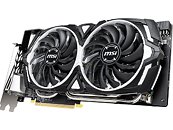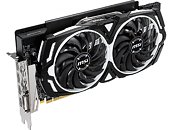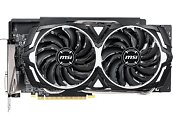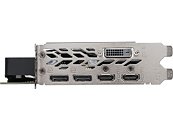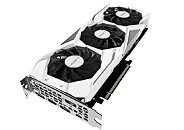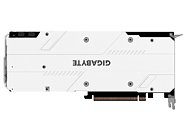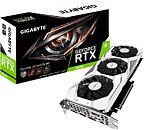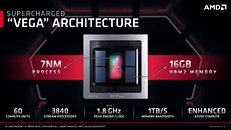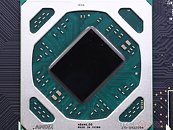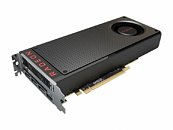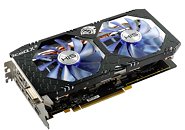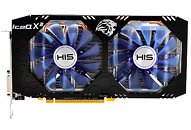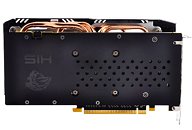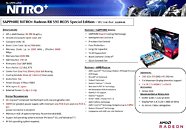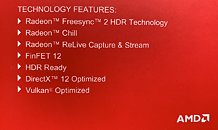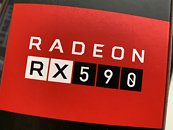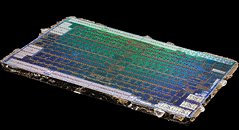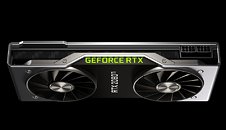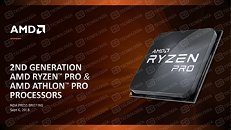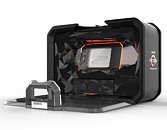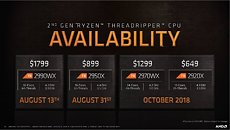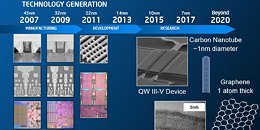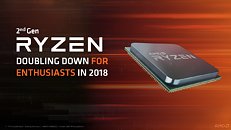
Palit and EVGA GeForce GTX 1660 Ti Cards Pictured
As we inch closer to the supposed 15th February launch of the GeForce GTX 1660 Ti, pictures of more AIC partner branded custom-design cards. The first two of these are from Palit and EVGA. Palit is bringing two very compact cards to the table under its StormX banner. These cards appear to be under 18 cm in length, and use an aluminium fin-stack cooler that's ventilated by a single 100 mm fan. There are two grades based on factory-overclock. The base model ticks at 1770 MHz boost, while the OC variant offers 1815 MHz boost.
EVGA's GTX 1660 Ti lineup includes two cards under its XC brand, with both cards being under 20 cm in length, but are 3 slots thick. Both cards appear to be using the same 3-slot single-fan cooling solution as the company's RTX 2060 XC. Once again, we see two variants based on clock-speeds, with the "Black" variant sticking to 1770 MHz boost, and the XC version slightly dialing up that frequency. Based on the 12 nm "TU116" silicon, the GTX 1660 Ti is rumored to feature 1,536 CUDA cores based on the "Turing" architecture, but lacking in RTX technology. The SKU succeeds the GTX 1060 6 GB.
EVGA's GTX 1660 Ti lineup includes two cards under its XC brand, with both cards being under 20 cm in length, but are 3 slots thick. Both cards appear to be using the same 3-slot single-fan cooling solution as the company's RTX 2060 XC. Once again, we see two variants based on clock-speeds, with the "Black" variant sticking to 1770 MHz boost, and the XC version slightly dialing up that frequency. Based on the 12 nm "TU116" silicon, the GTX 1660 Ti is rumored to feature 1,536 CUDA cores based on the "Turing" architecture, but lacking in RTX technology. The SKU succeeds the GTX 1060 6 GB.



